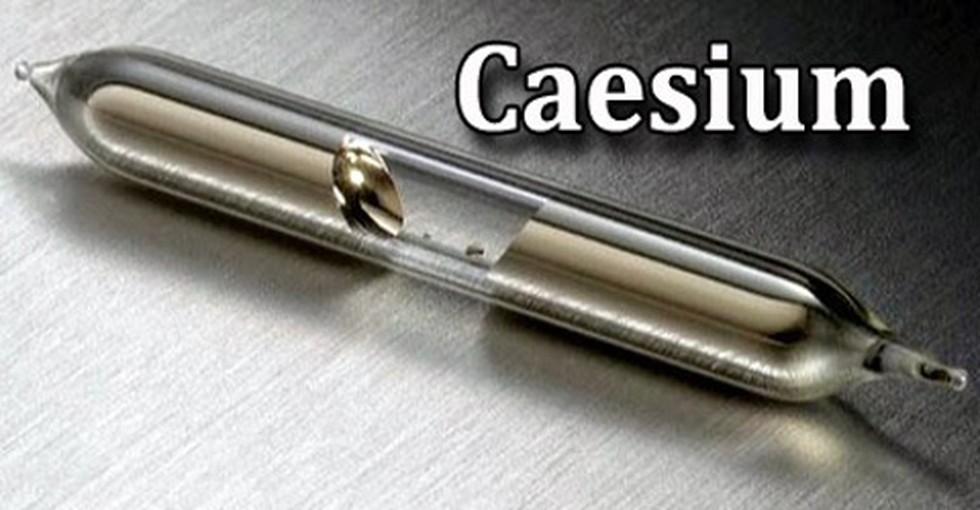
Large amounts of cesium can cause hyperirritability and spasms. Radioactive cesium overexposure can result in adverse effects such as reduced fertility, abnormal neurological development, genotoxicity, and damage to blood-forming organs( 1, 3, 5)

The radioactivity of Cesium-137 can damage cells and cause cancer 10, 20 or 30 years from the time of ingestion, inhalation or absorption, provided sufficient material enters the body. Cesium-137 is water-soluble and extremely toxic in minute amounts. ( 1, 3)Ĭesium-137 presents external as well as internal health hazard, both from beta and gamma radiation. Cesium-137 is also used in brachytherapy to treat various types of cancer. It is commonly used as a gamma-emitter in industrial applications such as moisture and density gauges, leveling gauges, flow meters, and other sensor equipment. Cesium-137 was released to the atmosphere most notably from the 1986 Chernobyl meltdown. ( 3, 5)Ĭesium-137 is produced from the detonation of nuclear weapons and is produced in nuclear power plants.

This means that if someone is exposed to radioactive cesium and the source of exposure is removed, much of the cesium will readily clear the body along the normal pathways for potassium excretion within several months. In an adult, 10% is excreted with a biological half-life of 2 days, and the rest leaves the body with a biological half-life of 110 days. Like potassium, cesium is excreted from the body fairly quickly, mainly in the urine.

With potassium for transport through potassium channels and can also substitute for potassium inĪctivation of the sodium pump and subsequent transport into the cell. Cesium tends to concentrate in muscles because of their relatively large mass. Essentially all cesium that is ingested is absorbed into the bloodstream through the intestines. Gastrointestinal absorption from food or water is the principal source of internally deposited cesium in the general population. Cesium behaves in a manner similar to potassium and distributes uniformly throughout the body. ( 4, 5)Ĭesium can be absorbed following ingestion, inhalation, or dermal exposure. Ionizing radiation that does not directly damage DNA can produce reactive oxygen intermediates that directly affect the stability of p53, an important enzyme in cell-cycle regulation, and produce oxidative damage to individual bases in DNA and point mutations by mispairing during DNA replication.

This leads to loss of normal cell and tissue homeostasis, and development of malignancy. The ionizing radiation produced by cesium-137 causes cellular damage that includes DNA breakage, accurate or inaccurate repair, apoptosis, gene mutations, chromosomal change, and genetic instability. Once radioactive cesium is taken internally, cells of nearby tissues are at highest risk for damage due to the emission of beta particles. Highly penetrating gamma rays are the major cause of damage to tissues and internal organs following external overexposure to radioactive cesium. These are inorganic hydride compounds in which the heaviest metal atom is an alkali metal.Ĭesium is a silvery gold metal. Belongs to the class of inorganic compounds known as alkali metal hydrides.


 0 kommentar(er)
0 kommentar(er)
